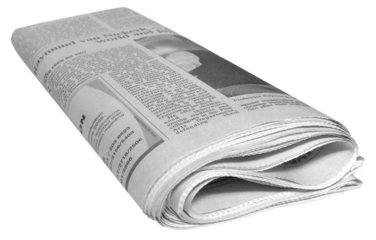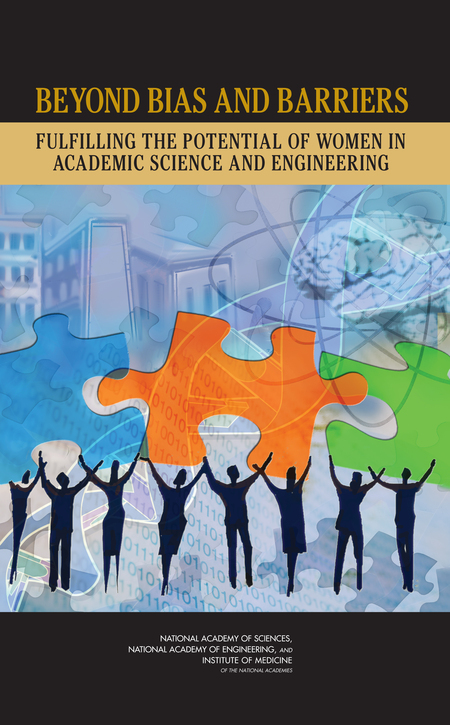Here is what WiE are reading
Take a look at what we are reading and listening to.

Article
“So You’re an Engineer!”
It’s 1957, and GW published its April 1957 Mecheleciv journal, featuring a woman student standing in front of Tompkins Hall of Engineering on the cover. The “quaint” material within included a Faculty Page for Women, a full-page photo titled “A Woman Studies Engineering,” and the illuminating article titled “So You’re an Engineer!”
While somewhat amusing, the journal excerpts here offer a window into the past while reminding us that as a society, we still have a long way to go toward acceptance of women engineers. As the author of the featured article says, “ To be a woman in engineering, you should either enjoy being in the limelight occasionally or be completely oblivious to other people.”

Article
I Was a Low-Income College Student.
Classes Weren’t the Hard Part
Check out a review of this article. Professor Anthony Abraham Jack describes his experiences as a student for whom everything was new at the University. He describes what he knew, what others knew (more than he) and what he wants you to know about going to college.
study
Gender Trends in Computer Science Authorship
Women will not reach parity with men in writing published computer science research in this century if current trends hold, according to a study recently released. The enduring gender gap is most likely a reflection of the low number of women now in computer science, said researchers at the Allen Institute for Artificial Intelligence, a research lab in Seattle that produced the study. It could also reflect, in part, a male bias in the community of editors who manage scientific journals and conferences. The Allen Institute study analyzed more than 2.87 million computer science papers published between 1970 and 2018, using first names as a proxy for the gender of each author. The method is not perfect — and it does not consider transgender authors — but it gives a statistical indication of where the field is headed. Read the study
article
Countering the Negative Image of Women in Computing
Despite increased knowledge about gender (in)equality, women in STEM disciplines are still portrayed in stereotypical ways in the popular media. We have reviewed academic research, along with mainstream media quotes and images for depictions of women in STEM and women in computing/IT. We found their personality and identity formation continues to be influenced by the personas and stereotypes associated with role images seen in the media. This, in turn, can affect women's underrepresentation and career participation, as well as prospects for advancement in computing fields. Read more

book
Beyond Bias and Barriers
Want to read a foundational paper on women in engineering? Beyond Bias and Barriers, published by the National Academy of Sciences, is a great place to start. Beyond Bias and Barriers explains that eliminating gender bias in academia requires immediate overarching reform, including decisive action by university administrators, professional societies, federal funding agencies and foundations, government agencies, and Congress. If implemented and coordinated across public, private, and government sectors, the recommended actions will help to improve workplace environments for all employees while strengthening the foundations of America's competitiveness.
report
Why So Few? Women in Science, Technology, Engineering, and Mathematics
Another foundational text on the issues of women in STEM is the American Association of University Women publication Why So Few? Women in Science, Technology, Engineering, and Mathematics. This 2010 report looks at the issue of the leaky pipeline that brings girls and women into STEM. The text reviews issues of environment and society including stereotypes, gender bias, and the climate of science and engineering departments in colleges and universities — that continue to block women’s progress in STEM. The report also includes statistics on girls’ and women’s achievement and participation in these areas and offers new ideas for what each of us can do to more fully open scientific and engineering fields to girls and women.
Report
Sexual Harassment of Women: Climate, Culture, and Consequences in Academic Sciences, Engineering, and Medicine
The National Academy of Sciences report “Sexual Harassment of Women: Climate, Culture, and Consequences in Academic Sciences, Engineering, and Medicine,” published in 2018, is a summary of the issues related to sexual harassment, the definitions of harassment, and evidence-based recommendations as a road map for colleges and universities to consider and adapt to their particular circumstances.







